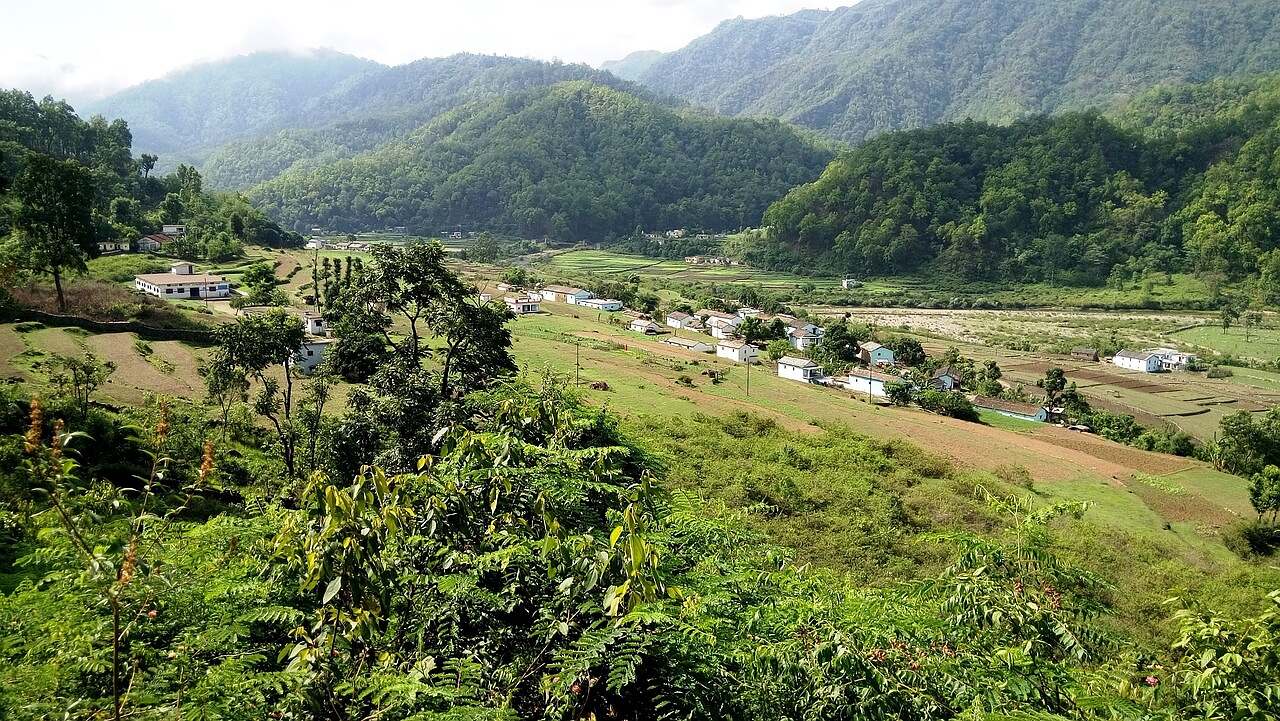The Pekoe Trail: What Is It?
Over 300 kilometers of trekking trails wind across Sri Lanka’s hill country on the Pekoe route making is one of the best places for Trekking in Sri Lanka. The trail is the first in a series of walking routes created by Serendipity Trails to allow visitors to experience the varied landscapes, historical importance, cultural heritage, delicious food, and native communities across Sri Lanka.
Trekking in Sri Lanka
Trekking and hiking are two fantastic year-round sports that Sri Lanka offers. However, promoting hiking and trekking tours in Sri Lanka is extremely difficult for Sri Lankan tour operators due to the lack of well-established paths. At the moment, tour companies provide short-distance hiking and trekking, like the trip up Adams Peak and the Sinharaja rainforest tour. The Pekoe Trail is expected to contribute significantly to Sri Lanka’s tourism sector.
Trekking in Sri Lanka with Pekoe Trail
With its 22 phases, the path allows travelers to experience a wide variety of environments, such as hilltowns, tea plantations, isolated villages, vistas, woods, sanctuaries, and historical and cultural landmarks. It can be finished in manageable chunks or over several days.
Scenery
The connected trail encourages sustainable tourism, highlights the island’s many assets, and gives rural residents access to new sources of income. This seeks to improve the entire traveler experience by fusing aspects of sustainability, adventure, and nature. Imagine a breathtaking journey through the lush central highlands of Sri Lanka, where the Pekoe Trail—named a National Geographic key site to see in 2024—invites you to set off on an exciting adventure to learn about nature, history, and culture. The first walking and hiking trail in the Serendipity Trails concept, the Pekoe trail, offers a captivating 300-kilometer trek for history buffs, nature enthusiasts, and adventurers. This trail presents a special chance to establish a deeper connection with the spirit of the island. A section of the path was opened to the public in November 2023, having been prepared in two stages beforehand. Because of the way the route is designed, people of different interests and fitness levels can participate, with each stage covering a distance of 12 to 15 kilometers. This comprises people who travel in extremely specific groups or on their own, such families, couples, lone travelers, or small groups.
Where the Pekoe Trail Began
This remarkable opportunity, funded by € 5.3 million from the European Union and an additional $ 787,000 from the U.S. Agency for International Development (USAID), signifies a major turning point in the tourism narrative of Sri Lanka. The project’s director of communications, Arosha Perera, describes the route perfectly: it’s a timeless journey that deftly weaves together the diversity and beauty of the surrounding environment. “The Pekoe Trail offers an immersive experience that infuses every step with a sense of exploration and liveliness—it offers more than just a walk,” notes Perera, highlighting the way the path harmonizes the past and present in a compelling narrative.
What benefits do users of the Pekoe trail receive?
A number of the route’s segments begin and conclude in charming towns or villages inside tea gardens. In addition to providing tourists with unique experiences, this promotes the expansion of regional companies in rural areas and helps provide job possibilities. The Central Highlands of Sri Lanka benefit from this endeavor in terms of socioeconomic progress. Adventurers with a sense of adventure can travel through a variety of landscapes on the Pekoe Trail, including woods, tea gardens, mountains, valleys, and small rural towns. It presents a complete image of Sri Lanka and highlights the coordinated efforts of twelve regional tea companies.
The trail’s renowned Signature Experience Focus Tourism Manager, Vishadini Fernando, comments on the serene and straightforward ambiance of the route, which ensures an immersive experience that profoundly engages visitors on an emotional level with every stride. This demonstrates the trail’s commitment to protecting the environment, encouraging eco-friendly travel, and actively incorporating the neighborhood in conservation efforts.
To improve visitor experiences, the trail makes use of digital tools, such as an interactive website, a trail app, and podcasts. This new approach aims to increase involvement and provide a thorough knowledge of the route and its various areas of interest. The Tourism Resilience Project’s project director, Shehan Ramanayaka, highlights the significant benefits of leisure travel and describes the trail as an interesting narrative journey that strengthens visitors’ bonds with Sri Lanka.
In the backcountry, Miguel Cunat, aka The Pekoe Trail Advisor, shares his timeless wisdom: “Once you’re at a ready state, the trail will become evident to you.” His words inspire adventurers to treat the natural world with respect and readiness, embarking on a magical and unforgettable journey through endless tea plantations, misty mountains, and the genuine hospitality of the locals.
Another sustainable tourism project
The Pekoe Trail serves as an example of how environmentally conscious travel contributes significantly to economical growth, cultural preservation, and environmental conservation. As individuals traverse its entirety, they seamlessly integrate into an unbroken chronicle, a commemoration of Sri Lanka’s prosperous history, dynamic present, and optimistic future, providing a deep-seated means to encounter and value the fundamental nature of Sri Lanka.

